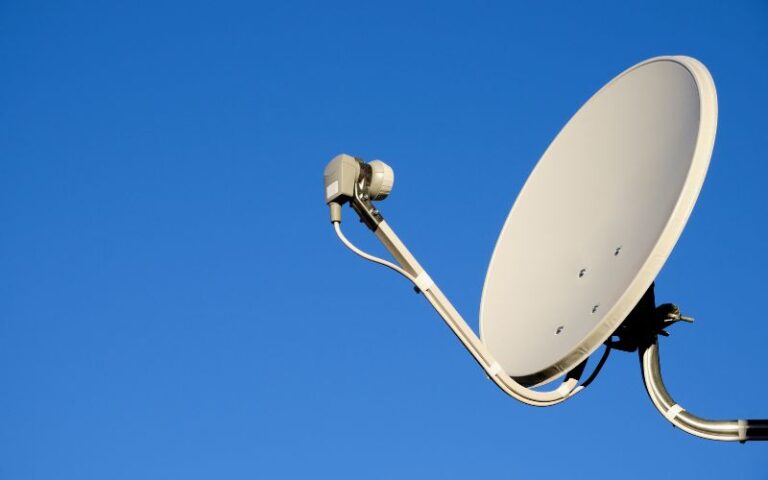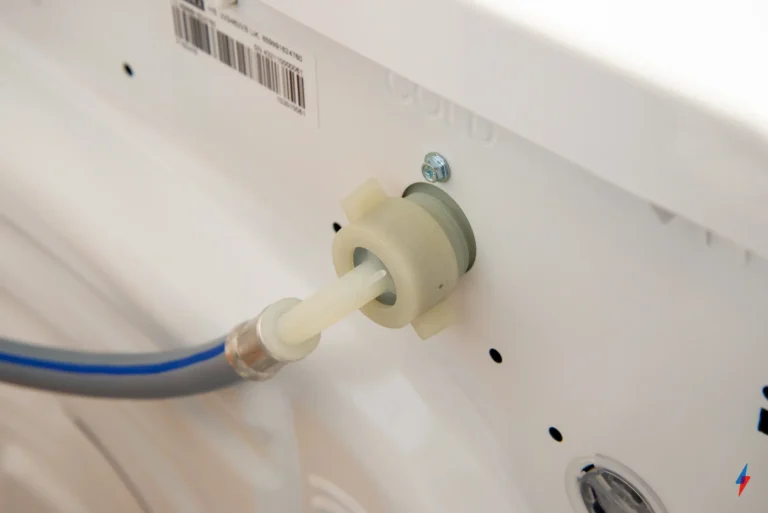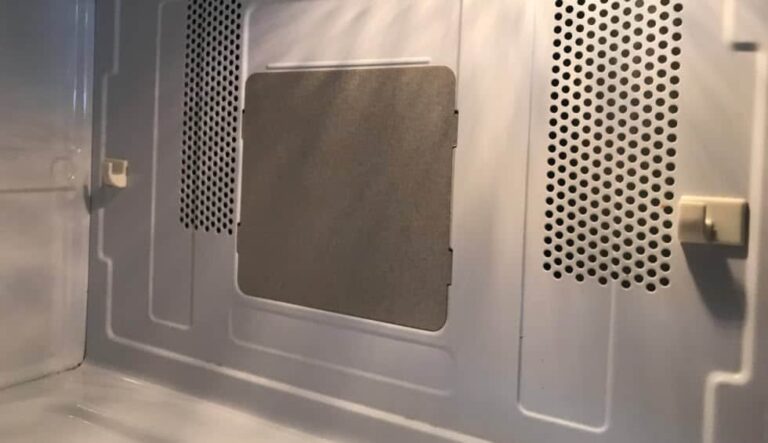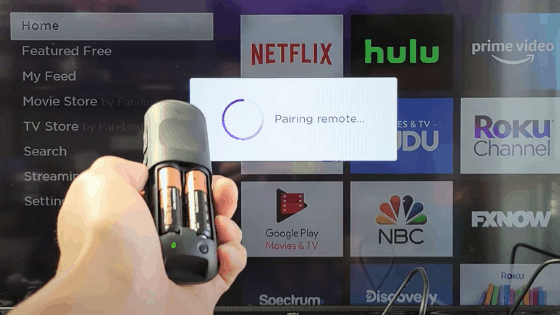Which Microwave Does Not Interfere With WiFi? (Explained)
Microwaves are essential home appliances because you likely use them daily. They are as important in the kitchen as your gadgets are for internet connectivity.
Imagine turning on your microwave only to notice that your Wi-Fi signal drops. If this is your first experience, you may feel delusional, but this is real.
Microwaves do interfere with wifi connections, but what if you can’t do without either? Is there a microwave that does not interfere with Wi-Fi?
There is no particular microwave that does not interfere with the Wi-Fi connection. Regardless of your microwave watt, they all emit electromagnetic radiation. Unfortunately, this radiation finds a way of messing with the Wi-Fi frequency when it escapes.
This article will explain how a microwave disrupts a Wi-Fi connection and why it does that. You’ll also learn how to reduce your microwave and Wi-Fi interference.
At the end of this article, you will learn how to use the microwave and Wi-Fi without disturbing each other.
Does Microwave Disrupt Wi-Fi Connections?

Many people don’t even know microwaves interfere with Wi-Fi signals. But, when you switch on your microwave, it interferes with nearby Wi-Fi networks.
If most of your home appliances, such as the game console, and others, use Wi-Fi connections, when you switch on your microwave, you will always experience disturbances with the signals.
Wi-Fi emits radio waves capable of transferring data over short distances. However, since microwaves also produce higher radio waves frequency, this can interfere with the Wi-Fi signal.
Furthermore, microwaves are good at generating an electrical current in metal objects around their surroundings, disrupting your Wi-Fi signal.
For this reason, it’s best to refrain from using microwaves if your house has a lot of sensitive electronic equipment, such as peacemakers or any electronic implants with metal parts.
Why Does the Microwave Interfere With Wi-Fi?
There are numerous reasons microwaves interfere with your Wi-Fi. One reason is that microwaves and Wi-Fi use radio waves to send and receive information.
As a result, they interfere with each other when you place them close to each other. Another reason is that microwaves radiate microwave pulses.
The microwave pulse is the transmission the microwave sends (a million times per second) when you switch it on.
Therefore, any close objects affected will respond to the pulse. Microwave pulse and sound work alike.
For example, when you clap your hand, your hand produces a sound, and the air will vibrate depending on how intense the initial sound is.
Similarly, if you are beside the microwave, you will hear the sound it utters at a higher volume than when you are far away from the appliance.
Therefore when a microwave pulse hits your Wi-Fi router, the router will react according to the frequency it receives the hit.
The more the microwave bombards your Wi-Fi with a pulse, the more the router will vibrate, which will, in turn, interfere with the communication between your appliance and the router.
The interaction between these appliances results in poor or dropped connections, which is why the microwave can disrupt your wireless signals.
Another reason a microwave will interfere with Wi-Fi in your home is when your appliance leaks.
When you have a leaking microwave, electromagnetic radiation will seep out of it and mess with your Wi-Fi.
How to Detect a Microwave Leak?
To detect a microwave leak, you must use radiation-detecting equipment.
One of the cheapest and simple detectors you can get is the electromagnetic field meter (EMF) which measures the electromagnetic frequency.
To use it, all you have to do is:
- Switch on your microwave
- Stay close to your microwave (should not be more than two feet), and point your meter at the microwave.
- If the electromagnetic frequency exceeds 0.1 volts, you must replace your appliance.
Still, talking about the clashing and mixing of electromagnetic waves from the Wi-Fi and microwave can make you nervous and wonder if it’s dangerous.
You don’t need to panic since it’s not the device that interferes with each other; it’s just the waves coming from these appliances.
In addition, we live within devices that radiate high frequencies of electromagnetic radiation daily.
But if you still feel disturbed about the radiation from your microwave, it would help to call professionals to check your microwave oven.
Which Brand of Microwaves Does Not Interfere With Wi-Fi?
No particular brand of microwave does not interfere with the Wi-Fi. You may feel that older models will disrupt your Wi-Fi interference more.
However, some of the best modern microwaves have enhanced features that can cause interference with your Wi-Fi.
So when your microwave messes with your Wi-Fi signal, you may not need to get another one. The solution might be right in your face.
Here are some suggestions to help reduce your microwave interference with your Wi-Fi.
#1. Upgrade Wi-Fi Router
Upgrading your Wi-Fi router is one the best ways to get away with all microwave interference. Therefore, it is always best to upgrade your Wi-Fi from 2.4GHz to 5GHz.
After the upgrades, you will enjoy smooth internet, and nothing will interfere with your Wi-Fi signal.
The table below shows the advantages and disadvantages of upgrading your Wi-Fi router.
| Advantages of 5GHz Router | Disadvantages of 5GHz Router |
|---|---|
| The 5GHz router provides data at a faster speed within a short range. | It can only operate within a short range. |
| The 5GHz route does not easily get disrupted by interference. | The router tends to overheat. |
| There are only a few appliances using this frequency. | It does not work with older devices. |
How to Change Wi-Fi Router to 5GHz
- Connect your computer or another device to the internet through Wi-Fi. You can also make use of an Ethernet cable connected to your router.
- Type 192.168.0.1 into the URL bar of the browser of your choice.
- After loading, click on the Advanced Setting or Advanced Wireless section.
- Then you can enable 5GHz
- You can turn Separate Bands on or off depending on your choice. If you turn on this feature, you separate your Wi-Fi into 2GHz and 5GHz. But when you turn it off, you combine the Wi-Fi into a single network.
- After turning on or off the particular brand feature, click Apply. You have successfully switched your router to 5HGz.
#2. Move Your Router Far From the Microwave
If you don’t want to upgrade your router, moving it away from the microwave is another option. Doing so will save you from the stress of buying a new microwave.
But how far should a microwave and Wi-Fi router be from each other?
The distance between the two appliances depends on various factors, such as your router’s model and your microwave’s brand.
However, it’s best to move these two devices at least 10 feet away from each other.
#3. Shield Your Microwave
Another way to protect your Wi-Fi from microwave pulse is to install a shield around the microwave. This shield prevents the microwave frequency from disturbing the Wi-Fi router.
You can use different materials for shielding microwaves, but aluminum foil does the perfect job. It is less expensive and effortless to install.
These foils come in different forms, such as rolls and self-adhesive tapes. It can also be attached to protective foam boards or laminated with plastic or brown paper.
Are Inverter Microwaves Any Good?
Inverter microwaves offer constant heat and extra capacity for your food. However, they can significantly interfere with your Wi-Fi, especially in 2.5 GHz operation.
So to avoid this interference, you must avoid using an inverter microwave or upgrade to 5HGz.
An inverter microwave uses an inversion circuit to provide capacity rather than a transformer, making it cook faster and evenly and differ significantly from regular microwaves.
The table below shows a comparison between regular and inverter microwaves.
| Inverter Microwave | Regular Microwave |
|---|---|
| Inverter microwaves have a steady dispersion of power. | You have to switch the on/off mode for power distribution. |
| The efficiency of the inverter microwave is high. | The regular microwave is slow and takes a lot of time. |
| Your food defrosts evenly. | Food might defrost unevenly. |
| It is portable and easy to carry around. | It’s heavier than an inverter microwave. |
| It’s costly. | It’s cheaper to buy. |
FAQs
Do Microwaves Interfere with 5GHz Wi-Fi?
Microwaves only disrupt Wi-Fi with 2.4GHz, so you can rest assured when you upgrade your router.
Which Brands Produce Inverter Microwaves?
Panasonic is the first brand that produces an inverter microwave. Today other brands like LG, Sharp, and GE produce inverter ovens.
Can the Microwave Interfere with Your Television?
A microwave oven can interfere with your television reception but does not cause any damage to your TV. However, if the proper measures are in place, you will not suffer any interference.
You May Also Like To Read
- 3 Reasons Your Whirlpool Microwave Display is Not Working!
- Does A Microwave Need GFCI? (Must Know This)
- 5 Reasons Your Frigidaire Microwave Keeps Tripping Breaker!
- Can You Use A Microwave With A Generator? (Explained)
- Does Microwave Block Cell Phone Signal? (Explained)
- Should I Buy A Refurbished Microwave? (Read This First)




















